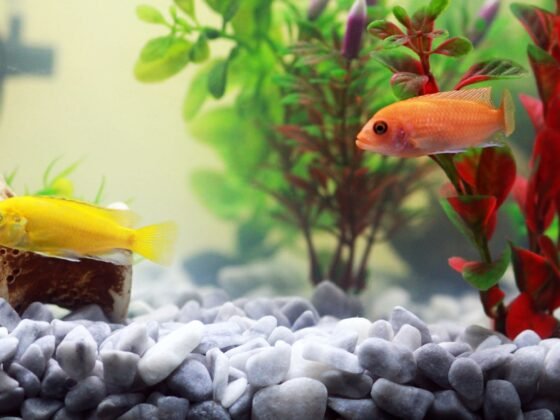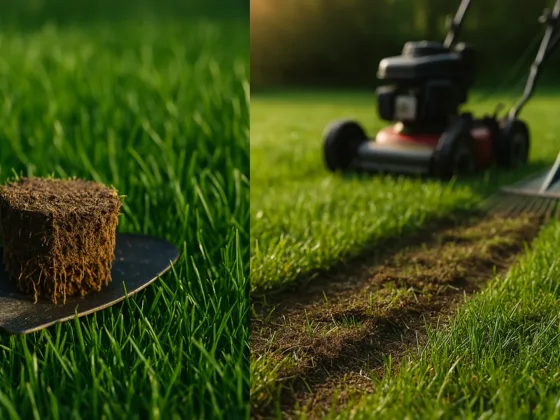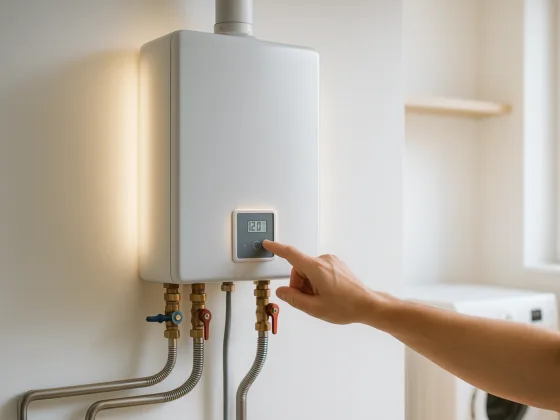Table of Contents Show
In today’s technology-driven world, temperature and humidity sensors are crucial across various industries. From ensuring optimal conditions in food storage to regulating air quality in homes, these sensors are essential for maintaining ideal environmental conditions. They help monitor and control humidity and temperature, ensuring that systems, products, and living environments remain safe and comfortable.
Temperature and humidity sensors have become indispensable tools in agriculture, manufacturing, healthcare, and even home automation. Their ability to detect and report real-time environmental changes provides industries with actionable data to enhance efficiency, protect assets, and improve overall performance. This article will explore these sensors’ significance and role in different applications. For more details on these sensors, visit Alsavo’s temperature humidity sensor page.
What Is a Temperature and Humidity Sensor?
A temperature and humidity sensor is an electronic device designed to measure the ambient temperature and the amount of moisture in the air. It typically uses thermistors or thermocouples for temperature detection, and capacitive or resistive sensors for humidity measurement. These sensors provide accurate and real-time data that can be used to regulate heating, ventilation, air conditioning (HVAC) systems and other environmental controls.
Humidity is expressed as either absolute humidity (the total water content in the air) or relative humidity (the percentage of moisture relative to the maximum amount that can be held at a given temperature). The integration of both temperature and humidity monitoring in a single sensor makes it a versatile and valuable tool for a variety of settings.
Applications of Temperature and Humidity Sensors
1. HVAC Systems
One of the most common uses for temperature and humidity sensors is in HVAC systems. These sensors regulate temperature and moisture levels in homes, offices, and industrial buildings to ensure comfort and air quality. By constantly monitoring the air, these systems can make adjustments to maintain optimal indoor conditions.
2. Agriculture and Greenhouses
In agriculture, particularly in greenhouse farming, maintaining the correct temperature and humidity is critical for plant growth. Temperature and humidity sensors allow farmers to monitor these factors in real-time, ensuring that crops are grown under the best possible conditions. This helps prevent crop loss due to unfavorable environmental factors.
3. Manufacturing and Warehousing
Many industries rely on temperature and humidity sensors to maintain product integrity during production and storage. For example, in food and pharmaceutical industries, certain products must be stored at specific temperatures and humidity levels to ensure their quality. These sensors help manufacturers and warehouse operators prevent spoilage and contamination.
4. Healthcare and Laboratories
In healthcare settings, especially in laboratories, temperature and humidity sensors are vital for maintaining the sterility and stability of certain substances. Laboratory samples, medicines, and biological materials are sensitive to changes in environmental conditions, and even small deviations can lead to compromised results.
The Benefits of Using Temperature and Humidity Sensors
1. Improved Energy Efficiency
By using temperature and humidity sensors in HVAC systems, businesses, and homeowners can significantly improve energy efficiency. These sensors help systems adjust heating, cooling, and humidity control only when necessary, reducing energy consumption and lowering utility bills.
2. Enhanced Comfort and Health
For residential and commercial buildings, maintaining the right balance of temperature and humidity is important for comfort and health. High humidity can promote mold growth, while low humidity can cause respiratory discomfort. Temperature and humidity sensors help keep these levels in check, contributing to better indoor air quality.
3. Product and Asset Protection
In industries like manufacturing, agriculture, and healthcare, maintaining the correct environmental conditions is critical for product safety and asset protection. Temperature and humidity sensors help monitor conditions and send alerts when thresholds are exceeded, allowing for quick intervention to prevent damage.
4. Real-Time Data and Automation
Many modern temperature and humidity sensors are integrated with IoT (Internet of Things) technology, allowing users to monitor data remotely via smartphones or computers. This enables real-time data access and automation of systems like HVAC, irrigation, and refrigeration, improving response times and operational efficiency.
Key Features to Consider in Temperature and Humidity Sensors
1. Accuracy and Range
One of the most important features to look for in a temperature and humidity sensor is accuracy. Whether you are monitoring environmental conditions in a greenhouse or a data center, precise readings are crucial. Additionally, check the sensor’s range to ensure it can accurately measure extreme temperatures and humidity levels if necessary.
2. Response Time
The speed at which a sensor can detect and report changes in temperature and humidity is also important, particularly in settings where quick action is needed. For example, a slow response time in a food storage facility could lead to spoiled products if conditions are not corrected immediately.
3. Calibration and Maintenance
Some sensors require periodic calibration to maintain accuracy, while others are designed to be maintenance-free. Consider how much effort and cost you are willing to invest in the long-term upkeep of the sensor. High-end sensors often come pre-calibrated and require less maintenance.
4. Connectivity and Compatibility
In modern smart homes and businesses, sensors that are compatible with IoT devices and building management systems provide more flexibility and control. Look for sensors that offer wireless connectivity, remote monitoring, and integration with other automated systems.
Conclusion
Temperature and humidity sensors are indispensable tools for maintaining optimal environmental conditions across a wide range of applications. From improving comfort in homes to ensuring the quality of products in warehouses, these sensors provide the data needed to control and regulate temperature and moisture levels effectively.
In industries like agriculture, healthcare, and manufacturing, where even slight fluctuations in temperature and humidity can have significant impacts, these sensors help prevent damage, enhance efficiency, and protect valuable assets. With real-time monitoring and IoT integration, temperature and humidity sensors also offer convenience and automation, making them a vital component of modern technology systems.
For more details on how temperature and humidity sensors can benefit your specific application, explore the various options available at Alsavo’s temperature humidity sensor collection. These sensors offer a reliable solution for anyone looking to optimize their environment and protect their assets.
FAQs
A temperature and humidity sensor is used to monitor and control environmental conditions in various settings such as homes, industries, greenhouses, and healthcare facilities. They measure the temperature and moisture content in the air, ensuring that optimal conditions are maintained for comfort, product safety, or scientific accuracy.
The accuracy of a temperature and humidity sensor varies depending on its design and quality. Most sensors provide readings with an accuracy of ±1°C for temperature and ±3% for humidity. For highly sensitive applications, it’s important to choose a sensor with a higher degree of accuracy.
Yes, many modern temperature and humidity sensors are designed for integration with smart home systems. These sensors can connect wirelessly to home automation systems, enabling remote monitoring and control of HVAC systems, humidifiers, and dehumidifiers to maintain ideal indoor conditions.
Temperature and humidity sensors help regulate HVAC systems by monitoring real-time environmental data. This allows the system to make adjustments only when necessary, preventing overuse of heating or cooling equipment and reducing overall energy consumption.










